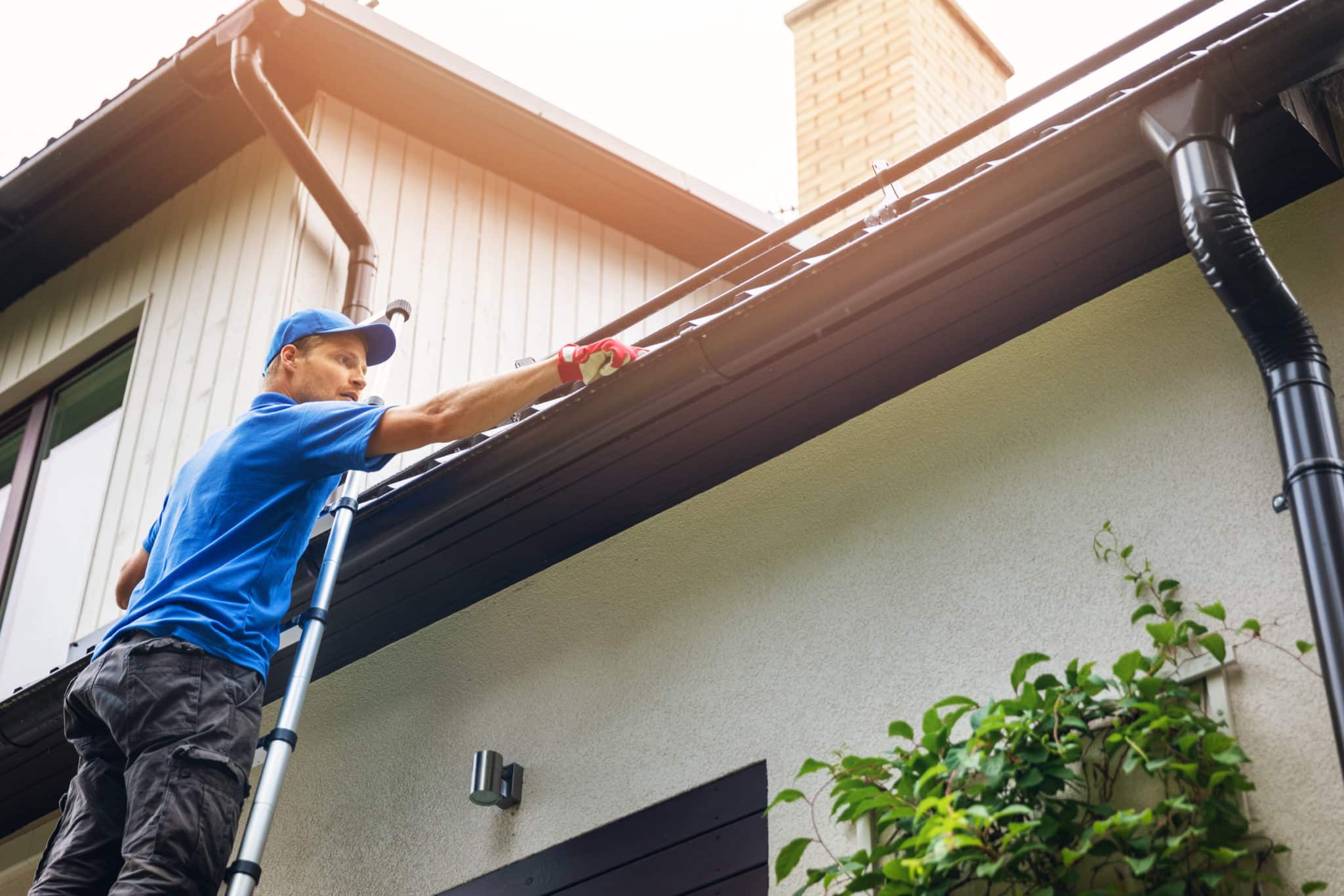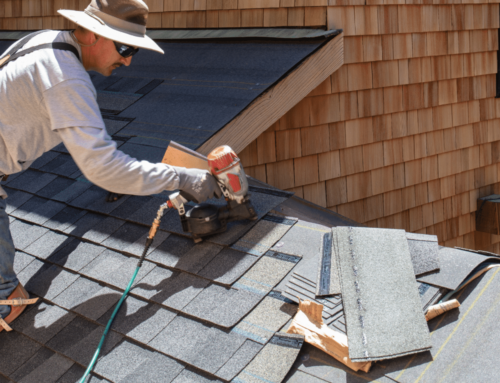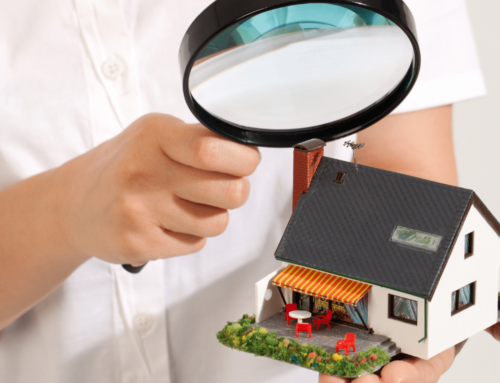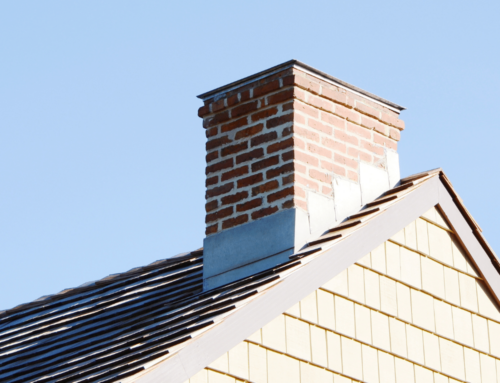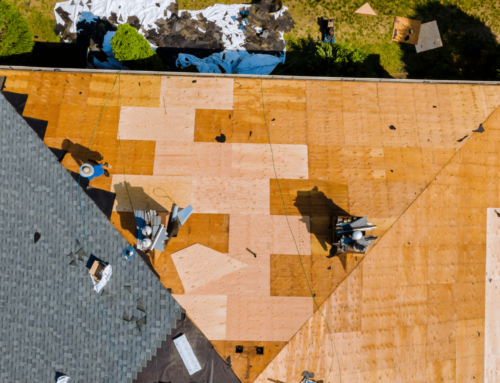The Risks of Not Cleaning
Rain gutters and downspouts are designed to channel rainwater away from the home and its foundation. If they’re blocked with leaves, dirt and other debris, they can lead to:
- Falling gutters. When gutters are overloaded with debris, water or subsequent ice, they can pull away from the house and fall.
- Flooding. Water that’s prevented from flowing properly down the spout may spill over the sides, drain toward a basement or foundation and increase the risk of basement flooding.
- Cracked foundation. Cracks may form if water spills over the sides of clogged rain gutters, seeps into the foundation and freezes.
- Wood rot. Ice dams occur when water freezes inside clogged gutters. The ice can push against the roof and walls, and increase the threat of mildew or rot.
- Staining. Water that spills over the sides of clogged gutters can discolor exterior siding.
When to Clean
Rain gutters are essentially the last thing people think about — until they have a problem. When it comes to scheduling gutter maintenance, it would be a very good idea to clean the gutters once a year. Homes sitting beneath a lot of trees that continually drop leaves, pine needles, pine cones and other debris, for example, may need more frequent attention.
It is recommended to take action early, before rains start in earnest and professionals get too busy to tackle your project quickly. If you’re doing the task yourself, check the weather forecast. It’s easier to clean gutters if the debris is dry.

